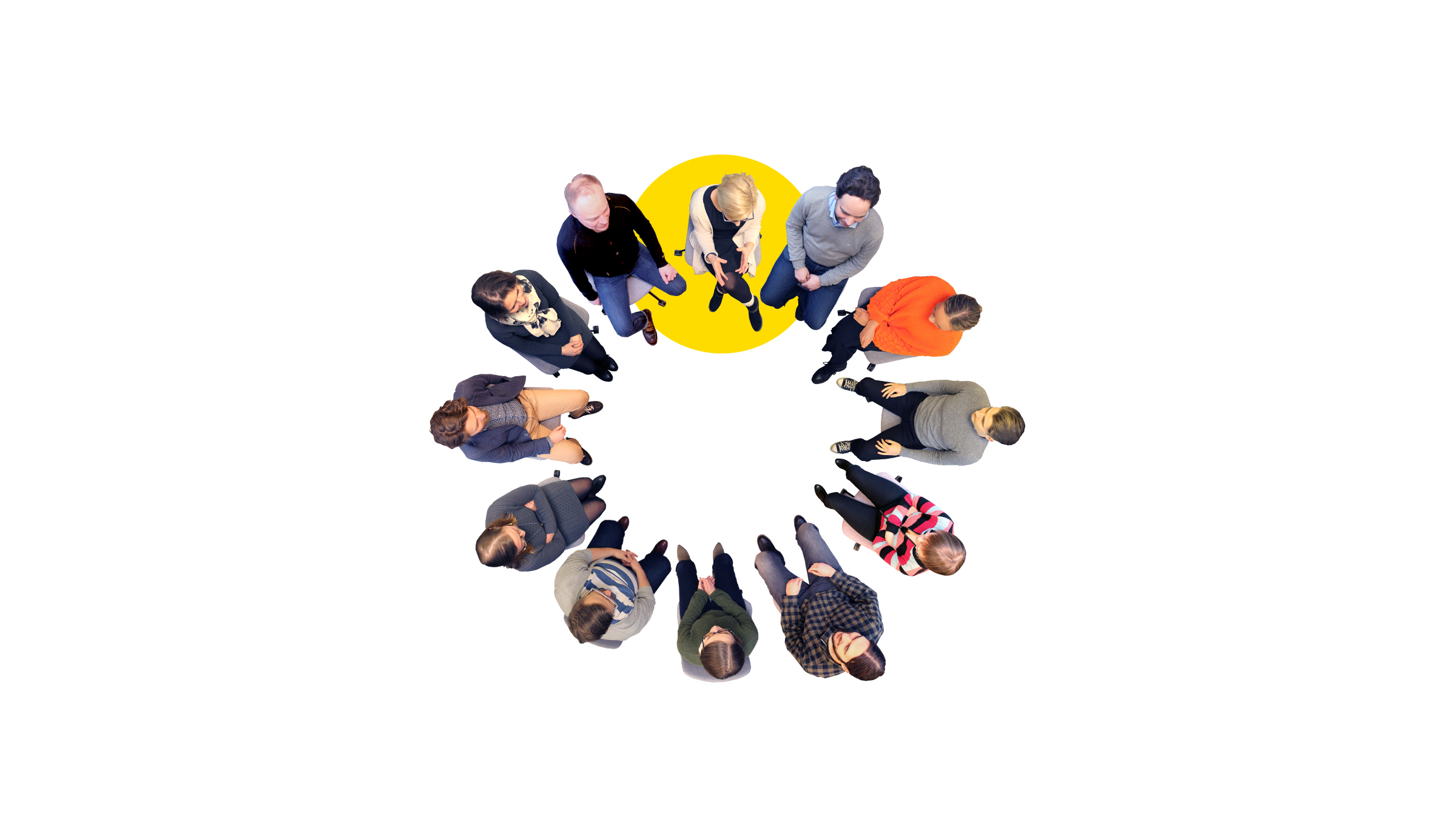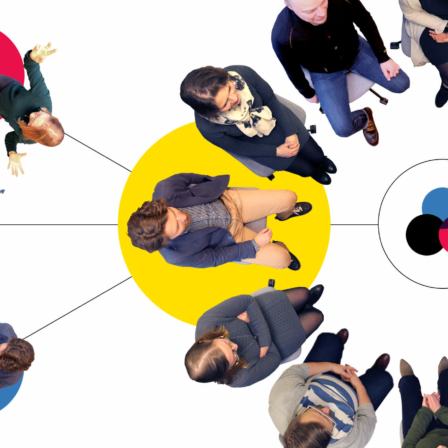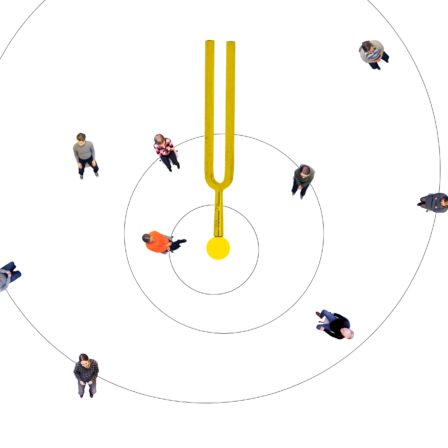- The discussion leader ensures that everyone has enough space to talk about their experiences: “Let’s listen to this in peace.”
- The leader helps the others join the conversation by steering the participants to pay attention to the links between the different points of view: “How is this related to the previous points of view?”
- The leader sets an example by talking directly about his/her experiences: “This is what I keep thinking about during the dialogue. What about the others? What kind of thoughts does evoke in you?”
- The leader helps to the discussion to stick to everyday language and asks to explain any difficult terms that not everyone may understand: “What do you mean when you say xxxx?”
- The leader helps the participant stop and reflect on the tensions, to describe related experiences in more detail: “Tell us more. Let’s listen to different points of view in peace.”
- The leader helps find points of view that have gone unnoticed: “What has not been brought up yet?”
- The leader helps examine the links between different points of view: “What do we agree on? Where are the differences? Is there something new we now understand?




















More tools
How to master a dialogue.